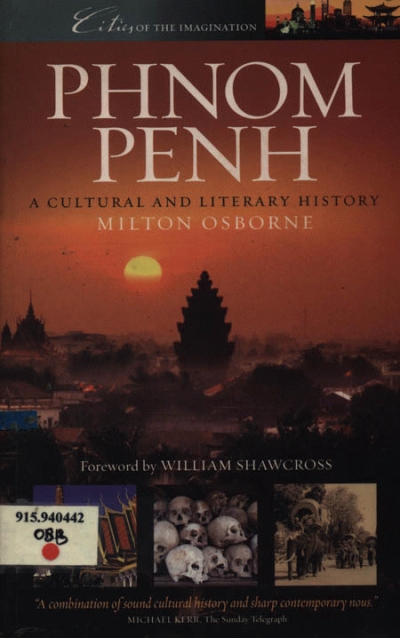NonFiction
Networked Language: Culture & history in Australian poetry by Philip Mead
by David McCooey •
A Remarkable Friendship: Vincent Van Gogh and John Peter Russell by Ann Galbally
by Fiona Gruber •
An Antarctic Affair: A story of love and survival by the great-granddaughter of Douglas and Paquita Mawson by Emma McEwin
by Kerrie Round •
Ever, Manning: Selected letters of Manning Clark 1938–1991 edited by Roslyn Russell
by John Thompson •
Howard’s Fourth Government by Chris Aulich and Roger Wettenhall (eds) & Inside Kevin 07 by Christine Jackman
by Norman Abjorensen •
Phnom Penh: a cultural and literary history by Milton Osborne
by Richard Broinowski •










